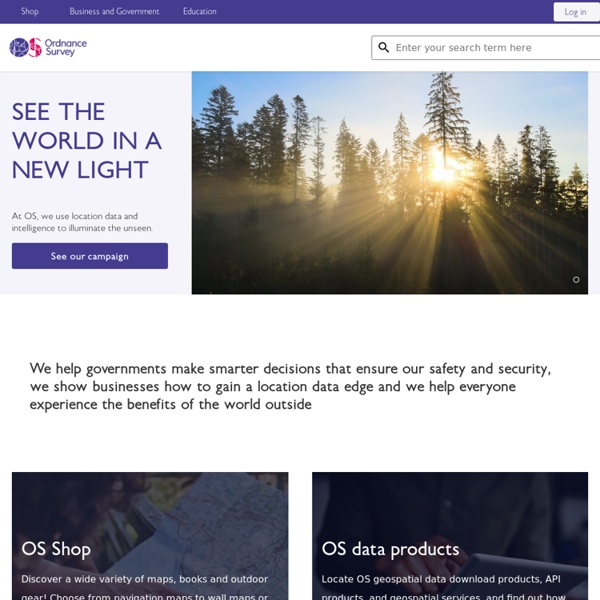



RICS Find a Surveyor Get walking directions from any UK point Walking directions open in a new window ready for printing. Online driving directions are also available with detailed maps and timings of routes. Home iFootpath - walking guides and directions for the UK Geomatics/land surveyor: job description What does a geomatics surveyor or a land surveyor do? Typical employers | Qualifications and training | Key skills Geomatics surveyors or land surveyors measure, map, assess, and collect and interpret information about specific pieces of land. They often work on land due to be redeveloped (built on) or on which the built infrastructure (such as railways) is due to be repaired – but not always. Typical responsibilities of the job include: undertaking land/topographic/hydrographic/measured building surveys, using a variety of specialist equipment and technology, such as robotics and 3D scannersanalysing data using plans, maps, charts and software such as AutoCAD and GIS (geographic information systems) programspreparing survey drawingspresenting data to clients and writing reportsadvising about technical matters and whether construction plans are viable The job combines working in an office with working outdoors on sites. Typical geomatics surveyor or land surveyor employers
Free Map Tools Geographical Information Systems (GIS) The Godfrey Edition: Ordnance Survey Maps Marine Survey | SUT | Society for Underwater Technology Marine Survey is concerned with the production of maps or charts of the seafloor and the geological structure beneath it. This mapping is conducted using a variety of instruments operated from coastal and ocean going vessels. Echo sounders are used to determine water depth and hence seabed topography or bathymetry. In addition, a variety of geophysical instruments are employed to examine the characteristics of the seabed and the sediments and rocks beneath it. In common with all measurement at sea, precise positioning is essential and a range of systems are used from lasers for short–range very high accuracy work to global satellite navigation systems for positioning throughout the world’s oceans. Most of the processing and presentation of the data collected at sea is undertaken using computers. Marine survey is of three main types: Continental shelf survey for study of the shallower waters around the land masses. Career opportunities are good in both the private and public sector.